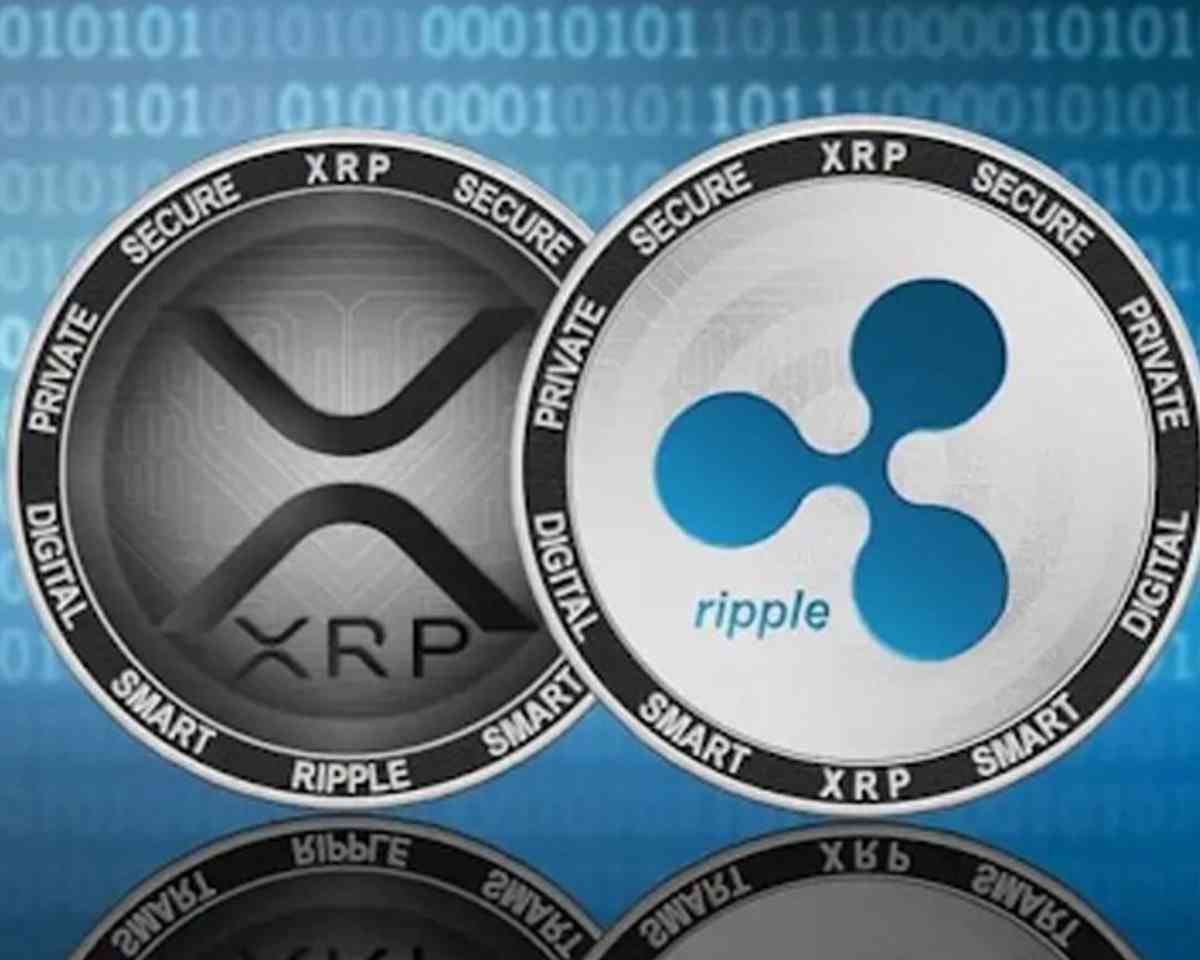What is Ripple?
Ripple was launched 10 years ago, in 2012, as a cryptocurrency with ambitious goals. The software behind XRP token offered a brand-new way of operating blockchains, much more suitable for transactions.
Ripple (XRP) token was designed to migrate transactions from central databases, controlled by financial institutions to more open infrastructure, while cutting costs in the meantime.
XRP transactions are safe, cheap and fast, which is a huge advantage for cross-border movements.
While the Bitcoin blockchain allows people to contribute computing power, the XRP Ledger allows only selected participants to validate transactions and secure the network.
At the beginning, 100 billion XRP were pre-mined and distributed to specific individuals and companies, which led to concerns about its decentralization. Furthermore, XRP relies on a for-profit company to act as the main player in its ecosystem. The company called Ripple helps maintain the Ledger and is a big part of its development.
How does it work?
The goal of Ripple’s blockchain is to provide banks with fast and cheap cross-border transactions. It serves as a viable alternative to the international payments system, used by most banks - Society, for Worldwide Interbank Financial Telecommunication.
Ripple’s benefits
It takes around five seconds to finish a transaction
A transaction cost is less than a fraction of a cent (even at XRP’s ATH)
It can be used as a bridge currency, allowing financial firms to trade currencies at a low cost using XRP instead of fiat currencies
What is important here to understand is that Ripple and XRP are not the same thing.
XRP is a cryptocurrency, and Ripple is a for-profit company, standing behind its promoting and developing XRP, XRP Ledger and many other transaction-focused projects.
Mining XRP
For generating XRP, a crypto ledger is being used. It is federated by financial institutions and payment processor networks.
Although you can not mine Ripple (XRP), it is possible to do so using other cryptocurrencies. For example, you can mine Bitcoin or Ethereum and then swap for XRP through exchanges.
XRP use cases
Ripple created many offerings over time, allowing XRP to be used for cross-border payments.
All the products related to XRP are united into the Ripple Net offering, connecting hundreds of financial institutions around the world via one single API.
Moreover, RippleNet eliminates the need for a pre-fund account through a service using XRP to source liquidity during cross-border transactions.
To sum it up, Ripple’s XRP-powered solution allows network members to make payments with real-time settlement, improving payment efficiency and certainty.
Ripple also funds the Interledger Protocol - a software platform aiming to facilitate transactions between cryptocurrencies and bank ledgers.
What's XRP’s value and is it worth investing in?
At the launch, 100 billion XRP were pre-mined and no more tokens will ever be created. 55 billion of this supply was distributed to users on forums, and most of the remaining tokens are used to fund the technology.
Transactions on the XRP Ledger require the sender to destroy a small amount of XRP per transaction, which makes it a deflationary currency. However, it is estimated that with the current rate of destruction, it would take 70,000 years to destroy all XRP.
To answer the question “Should we invest in XRP?” we can not give a certain answer. As any other cryptocurrency, XRP is volatile, and its price depends on many factors. Of course, Ripple’s cryptocurrency shows some good potential. Anyway, as always, our advice is to do good research and never invest more than you are willing to lose.
